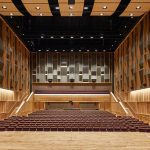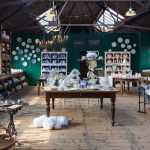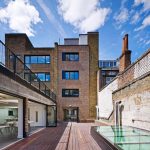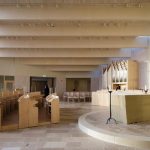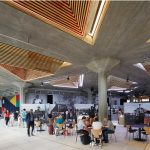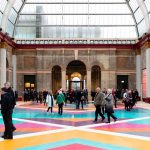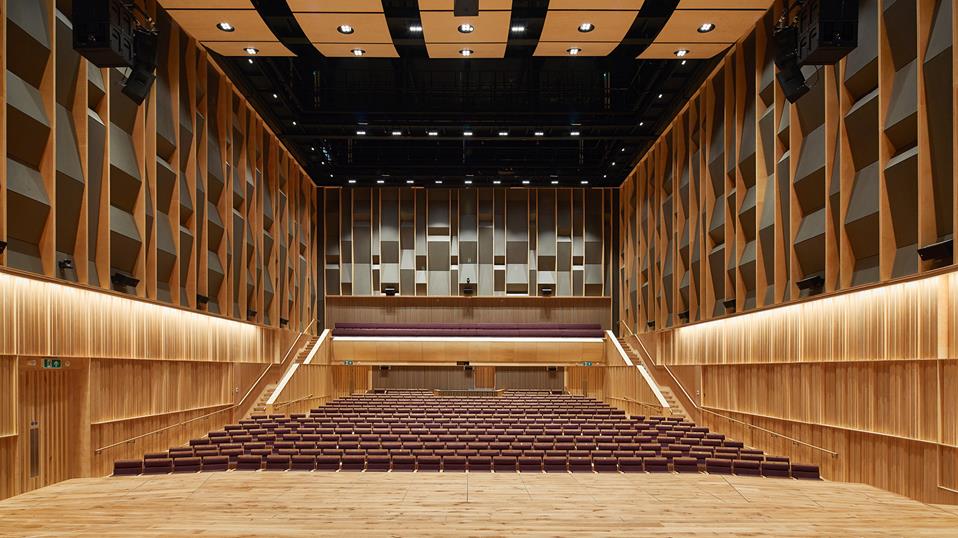
Royal Birmingham Conservatoire’s new state-of-the-art home is the first purpose-built music college to be constructed in the UK since 1987 and is the only one in the country which has been specifically designed to cater for the demands of the digital age.
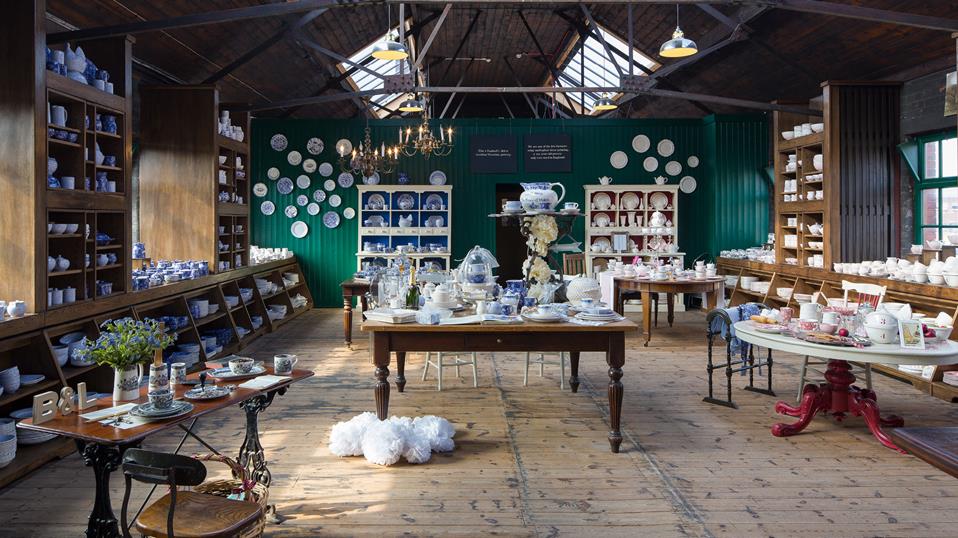
Middleport Pottery is the home of ‘Burleigh Ware’ ceramics, and is one of the last working Victorian Potteries in the United Kingdom.
The site was purchased by The Prince’s Regeneration Trust in 2010 and working alongside FCBStudios a brief was developed to repair the factory, save the jeopardised jobs of existing employees, create additional jobs and kick start the regeneration of the surrounding town.
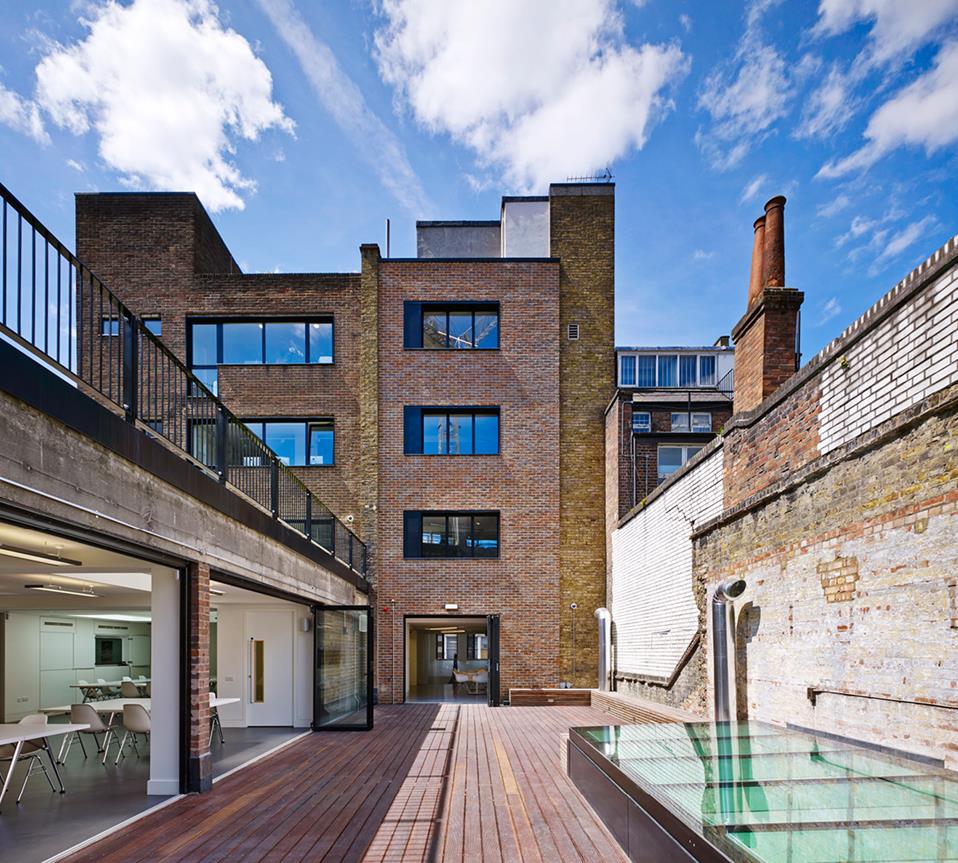
Condé Nast, the internationally renowned publishing house famous for such titles as Vogue, Tatler and House & Garden, commissioned FCBStudios to design a bespoke teaching environment in the heart of London’s Soho. The Condé Nast College of Fashion and Design now offers diplomas in a range of design-based courses.
The design brief was to create a multi-functional fashion and design school that could be adapted for both teaching and event hire. The scheme had to convey a strong sense of the Condé Nast brand while fitting in sympathetically with the Soho streetscape.

Stanbrook Abbey is a new home for the Conventus of Our Lady of Consolation, a Benedictine community of nuns who devote their lives to study, work and prayer. Relocating from their old Victorian home in Worcestershire, the nuns’ contemplative way of life required spaces that were simple, tranquil and beautiful, or as they put it in their monastic vision brief – a place where they could ‘pray always’.
The project was completed over two phases. Phase I, completed in 2009, included 26 new private cells for the nuns along the southern edge of the site, shared kitchen and dining facilities and work rooms. Phase II, completed in 2015, involved the construction of the new Community Church and Chapel, the Chapter House and guest spaces.
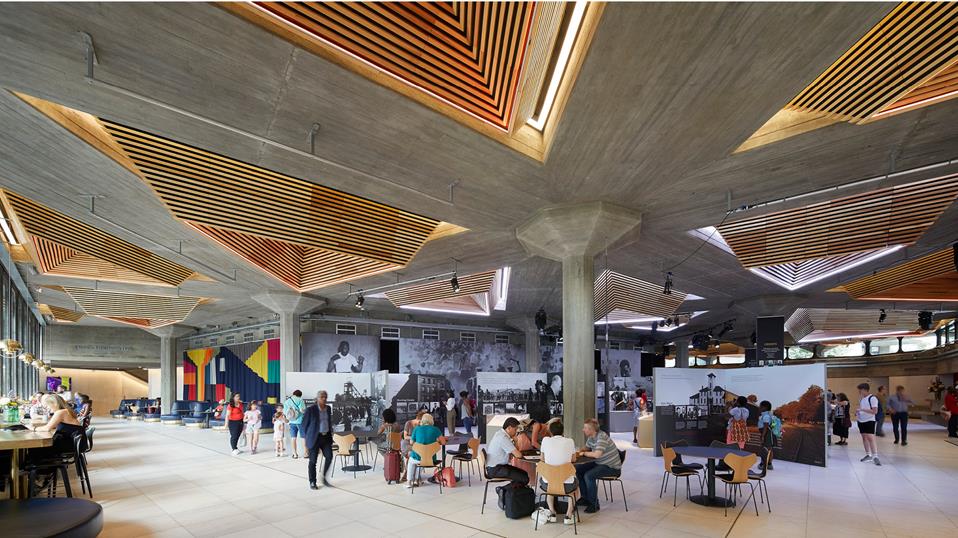
Southbank Centre, with its origins in the 1951 Festival of Britain, is one of the great democratic and imaginative buildings of the last century and holds a unique place in the London arts scene.
The restoration and redesign of Southbank Centre’s Queen Elizabeth Hall, Purcell Room and Hayward Gallery has given these unique 1960s Brutalist wonders a new lease of life and a low maintenance, lower energy future.
Whilst primarily a conservation project to replace building services, improve environmental performance and upgrade infrastructure, the revitalised building is now able to fully support an ever-widening artistic programme, and improve disabled access for audiences and artists.
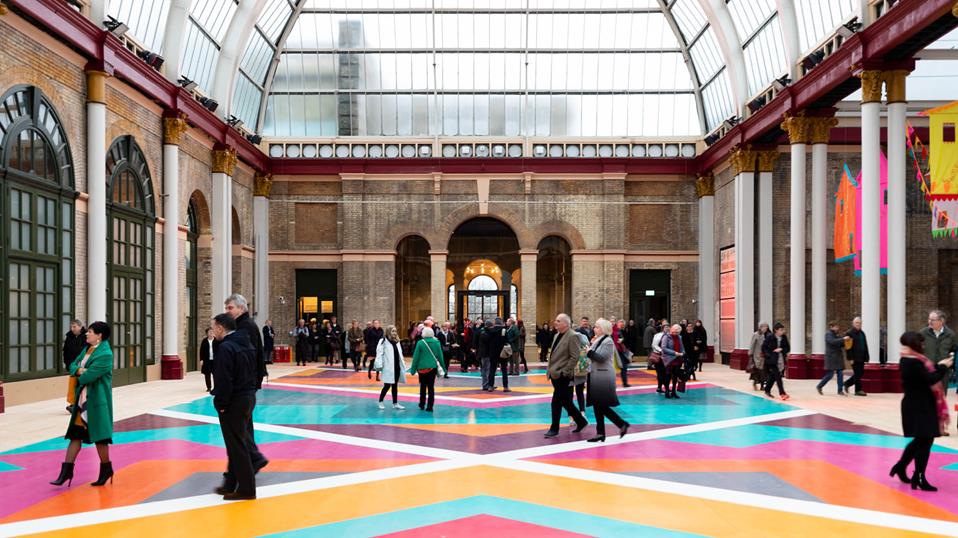
The regeneration of the East Wing of the ‘people’s palace’ has breathed new life into a much-loved cultural icon, integrating a new technical infrastructure while retaining the unique character of its historic spaces.
We use the term “arrested decay” to describe an approach of consolidation rather than restoration. In treating rooms as found spaces, the processes of deterioration have been addressed, elements that were unsafe or could not be viably repaired have been removed, added elements are legibly modern.
These additions are informed by the grand scale of the Victorian palace and the ambitions it represents, and are marked out by a scale and materiality that identifies them as new. At the same time, this is just one more layer added to many previous ones, another chapter in the history of Alexandra Palace.







